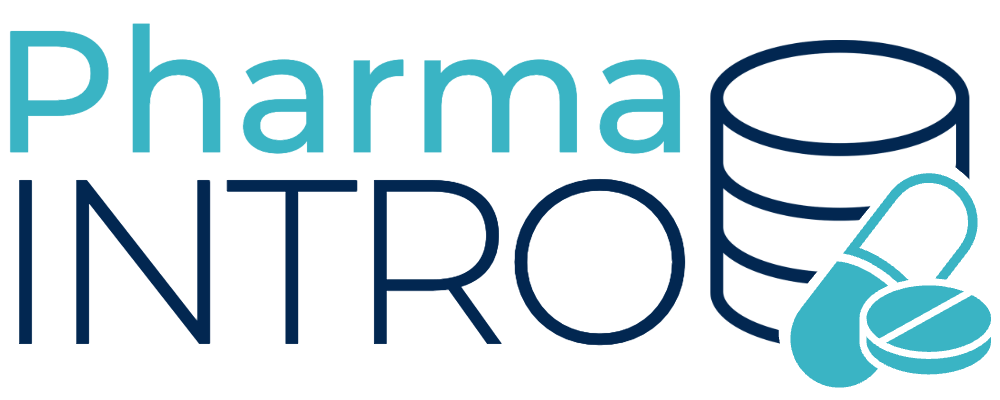Introduction
In the dynamic and rapidly evolving field of life sciences, understanding your customer has become more critical than ever. Whether you’re a pharmaceutical company, medical device manufacturer, or healthcare provider, knowing your customer intimately is vital for success. In this blog post, we explore the importance of understanding your customer in the life science industry and how it drives innovation, improves patient care, and builds strong relationships.
- Tailoring Solutions to Meet Customer Needs
By understanding your customer, you can tailor your products, services, and solutions to meet their specific needs. In the life science industry, customers range from healthcare professionals and researchers to patients and payers. Each customer segment has unique requirements, challenges, and preferences. By actively engaging with your customers, conducting market research, and gathering feedback, you gain valuable insights that enable you to develop targeted offerings that address their pain points and deliver tangible value.
- Driving Innovation and Product Development
Customer understanding is a driving force behind innovation in the life science industry. By actively listening to customers, observing their behaviors, and analyzing their feedback, you can identify unmet needs and uncover opportunities for innovation. Understanding customer pain points, preferences, and expectations allows you to develop new drugs, therapies, medical devices, and digital health solutions that better align with their requirements. Customer-driven innovation increases the likelihood of successful product development and adoption.
- Improving Patient Care and Outcomes
In the life science industry, patients are at the center of everything we do. By understanding patients’ experiences, challenges, and treatment journeys, healthcare providers and pharmaceutical companies can deliver improved patient care and outcomes. Patient-centricity requires a deep understanding of patients’ physical, emotional, and social needs. By engaging patients in meaningful ways, incorporating patient feedback into treatment decisions, and designing patient-centric solutions, the industry can enhance patient satisfaction, adherence, and overall well-being.
- Building Trust and Strong Relationships
Understanding your customer builds trust and fosters strong relationships in the life science industry. Whether it’s healthcare professionals, key opinion leaders, or patients, knowing your customer’s preferences, values, and goals allows you to establish meaningful connections. By engaging in open and transparent communication, actively listening, and addressing customer concerns, you can build trust, credibility, and loyalty. Strong relationships with customers lead to long-term partnerships, collaboration, and a positive brand reputation.
- Guiding Marketing and Communication Strategies
Effective marketing and communication strategies rely on a deep understanding of the target audience. In the life science industry, knowing your customer enables you to craft compelling messages, choose the right channels, and develop engaging content that resonates with your audience. By understanding customer demographics, preferences, and information-seeking behaviors, you can deliver targeted marketing campaigns, educational materials, and awareness initiatives. This customer-centric approach enhances engagement, increases brand awareness, and drives customer acquisition.
- Adapting to Changing Industry Trends and Dynamics
The life science industry is constantly evolving, with new technologies, regulations, and market dynamics shaping its landscape. Understanding your customer allows you to adapt to these changes effectively. By monitoring customer needs, staying informed about emerging trends, and proactively addressing evolving requirements, you can position your organization for success in a rapidly changing industry. Customer insights enable you to make informed strategic decisions, allocate resources wisely, and stay ahead of the competition.
Conclusion
Understanding your customer is crucial in the life science industry. It empowers organizations to develop tailored solutions, drive innovation, improve patient care, build trust, guide marketing strategies, and adapt to changing industry dynamics. By actively engaging with customers, listening to their needs, and responding with customer-centric approaches, organizations can thrive in a highly competitive and ever-evolving industry. Investing in understanding your customer is an investment in the future success of your organization and the well-being of the patients and communities you serve.

